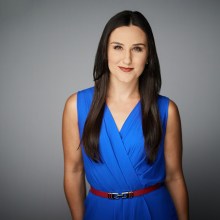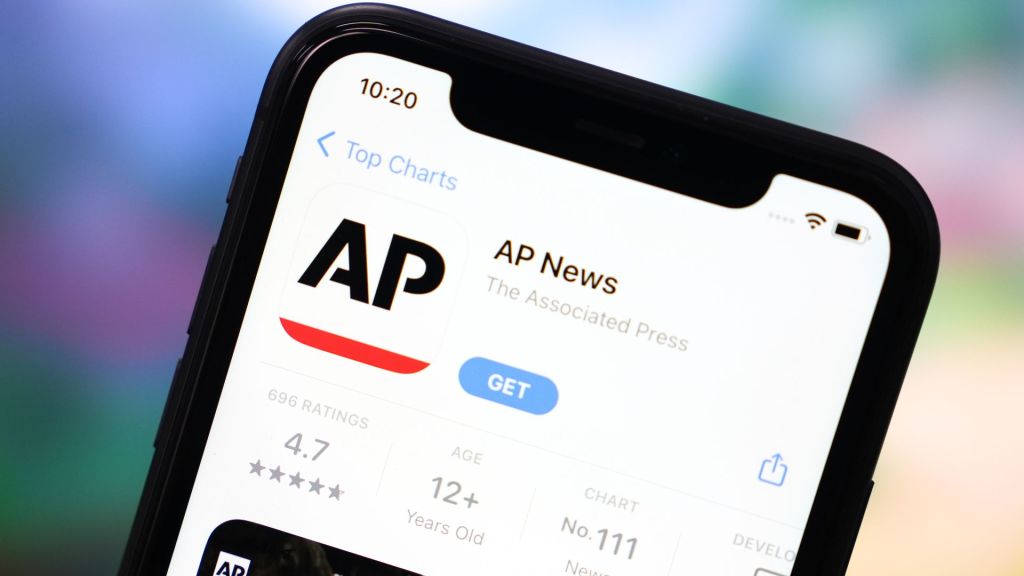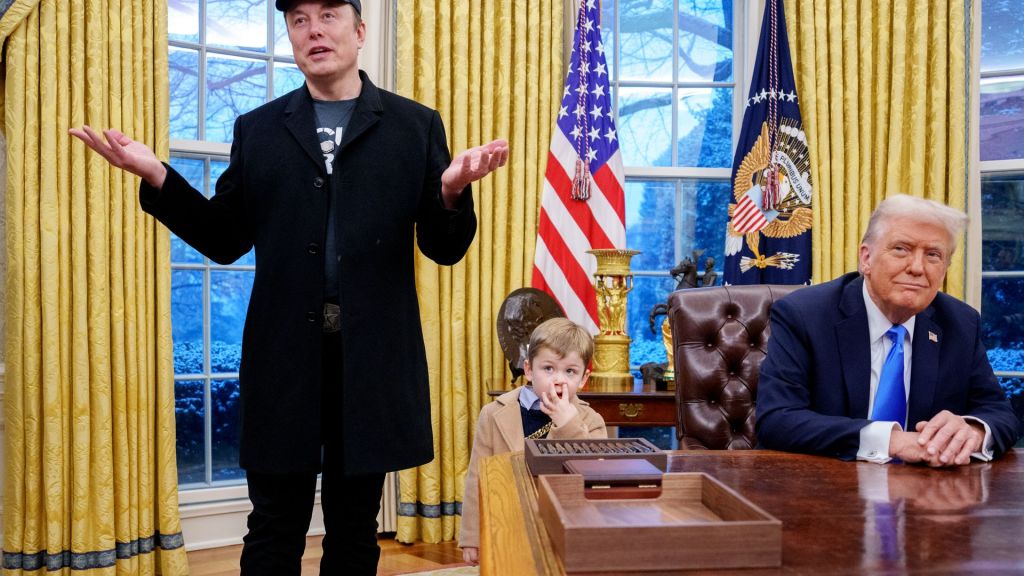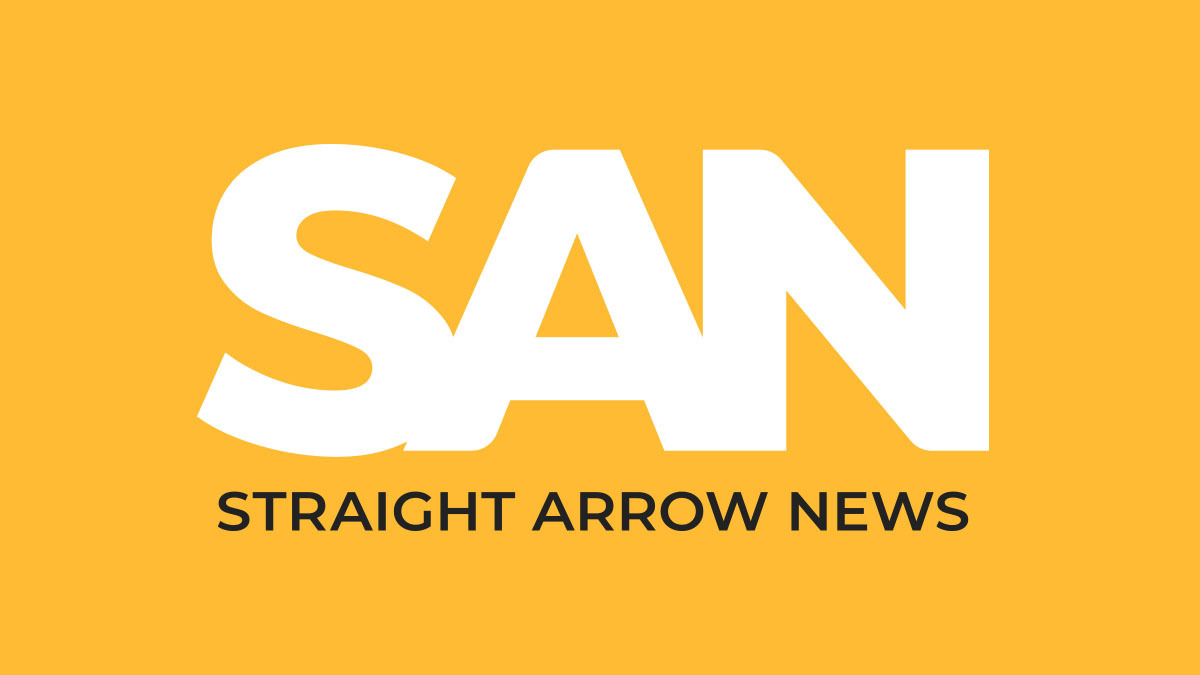
[MTA CEO Janno Lieber]
We got to be honest with ourselves, New Yorkers are not going to change their behavior overnight.
[Simone Del Rosario]
New Yorkers may not have changed overnight. But the city’s controversial congestion pricing is already reaping financial benefits. That’s despite the White House’s declaration the program is dead.
The toll charges most vehicles $9 during peak hours to drive south of 60th Street in Manhattan. Think: everything below Central Park.
It took effect on January 5. On Monday, the Metropolitan Transportation Authority said that for the rest of January, they raked in $48.6 million from the toll. That exceeds MTA’s financial expectations of $40 million per month.
MTA says street traffic south of 60th is also subsiding. They’ve seen a 10% drop on Manhattan’s streets and an uptick in public transit ridership.
New York is releasing this data as the first-of-its-kind-in-America congestion toll already faces extinction.
Last week, newly-minted Transportation Secretary Sean Duffy said his agency would revoke federal authorization that previously allowed the MTA to charge drivers.
[Sean Duffy]
I think there’s a lot of great ideas around congestion pricing and how we can reduce it. But you can’t take American taxpayers, who paid for roads, and block them out and say you can’t access this unless you pay additional money.
[Simone Del Rosario]
Shortly after DOT announced its intention to end the program, the White House reposted a Truth Social post from President Donald Trump: “CONGESTION PRICING IS DEAD. Manhattan, and all of New York, is SAVED. LONG LIVE THE KING!”
It didn’t go over well with New York Gov. Kathy Hochul, who was instrumental in implementing the program.
[Kathy Hochul]
New York hasn’t labored under a king in over 250 years. We are not, we sure as hell are not going to start now. The streets of the city where battles were fought, we stood up to a king and we won then, and in case you don’t know New Yorkers, we’re in a fight. We do not back down, not now, not ever.”
[Simone Del Rosario]
The MTA immediately filed suit to stop Duffy from eliminating authorization. They said they will continue collecting tolls in the meantime.
[Janno Lieber]
We had a 50 page complaint ready to go, and we hit the button to file it about three minutes after at least the official release of the Secretary Duffy’s letter purportedly terminating the program.
Simone Del Rosario]
The MTA argues the federal government can’t unilaterally terminate a program that’s already underway.
Secretary Duffy says the state and governor didn’t take proper steps before collecting tolls.
Sean Duffy]
She never did a study to say, I really care about congestion. I want to reduce congestion. So I’m going to look at how much money should I charge in a toll, and how much will that reduce congestion? That analysis was never done. So instead of paying $9 could someone pay $5 and reduce congestion, or $3 to reduce congestion? She didn’t do that.
[Janno Lieber]
We studied that 4000 pages, four years of study. We studied all different ranges of tolls, and contrary to what you just heard, we actually analyze the relationship between specific tolling amounts and reductions in congestion.
[Simone Del Rosario]
New York lawmakers approved the tolling plan in 2019. But the plan has always been divisive. And not even along party lines. New Jersey Democratic Gov. Phil Murphy fought it on the legal side and asked the Trump administration to step in. Suburban commuters oppose the toll, saying they’re not well-served by public transit.
New York intends to use the money raised by congestion pricing to finance infrastructure upgrades to the MTA. The agency expects it’ll raise $500 million a year and after about a year, the state plans to sell bonds to raise the $15 billion needed for upgrades.
Gov. Hochul met with Trump last week to defend congestion prices. She indicated he wasn’t moved. The Trump administration contends the toll is a “slap in the face to working-class Americans and small business owners” dependent on that traffic.
So far, about 20% of the revenue collected comes from taxis and other for-hire vehicles. Passenger cars, trucks and other vehicles make up the rest.
For Straight Arrow News, I’m Simone Del Rosario.











